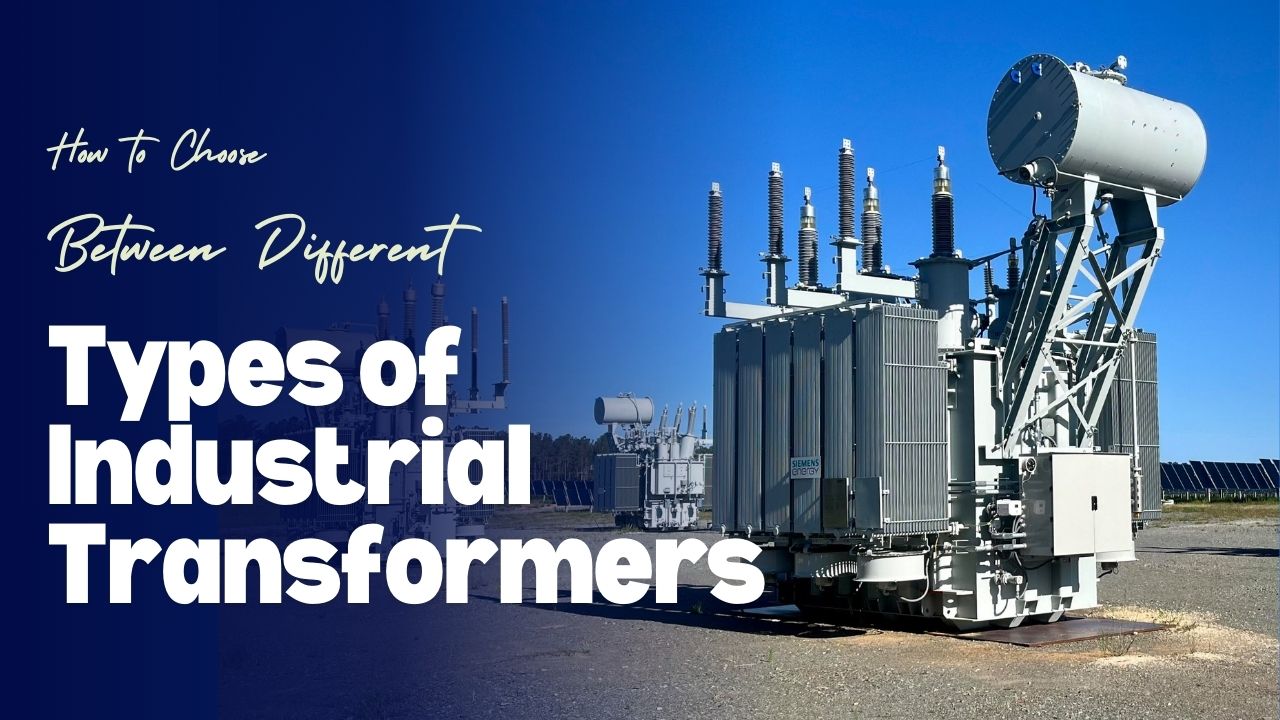

Industrial transformer selection stumps even experienced facility managers. The wrong choice leads to excessive energy costs and unexpected downtime.
Similarly, maintenance crews struggle with compatibility issues when replacements don't match system requirements.
Most selection mistakes stem from misunderstanding the fundamental differences between transformer types.
Each design serves specific purposes, with strengths and limitations tied directly to their construction.
Making sense of these differences can help you eliminate costly selection errors.
The primary transformer division separates dry-type from liquid-filled designs.
Dry-type transformers use air for cooling and insulation, making them ideal for indoor installations near work areas. They eliminate fire and environmental concerns associated with cooling liquids.
Liquid-filled transformers use oil or other fluids for superior cooling efficiency, allowing higher capacity in smaller packages. They typically cost less for equivalent power ratings but require containment systems and greater clearances.
This fundamental choice shapes all other selection decisions.
Most transformers fail quickly in tough factory settings. Regular units hate water, dust, and chemicals. They break when machines nearby shake the floor.
Cast coil types solve these problems in a simple way; they seal their wire coils inside hard plastic.
This coating keeps damaging stuff out. Picture dropping your phone in a case that seals it completely. Similar idea, but for transformers.
Yes, they cost more at first. But the maintenance savings make up for the higher price tag.
Open wound dry-type transformers offer economical performance for clean, controlled environments. Their ventilated design provides natural cooling without expensive insulating fluids.
The open construction allows easy inspection and maintenance access. Temperature and humidity variations affect their performance more than sealed designs. Dust accumulation requires regular cleaning to prevent overheating.
These limitations make them suitable primarily for indoor installations in clean, climate-controlled settings.
Office buildings, retail spaces, and light manufacturing facilities typically use this cost-effective option.
Specialty transformers address unique application requirements beyond standard designs.
> Rectifier transformers handle the unique demands of converting AC to DC power.
> Furnace transformers manage the extreme current requirements of industrial heating.
> Phase-shifting transformers reduce harmonic distortion in sensitive environments.
> Isolation transformers protect sensitive equipment from power quality issues.
> Auto-transformers provide economical voltage conversion when isolation isn't required.
Most facilities benefit from standard designs, but these specialized options solve problems that conventional transformers can't address effectively.
Picking the right transformer means looking beyond just specs on paper. Each type brings its own strengths to specific situations; there's rarely a one-size-fits-all answer.
Smart choices come from understanding how these differences play out in your particular environment.
You should factor in not just today's price tag but tomorrow's maintenance realities and expected service life.
If you’ve got questions about which transformer fits your situation, get in touch with us today and talk to an expert.